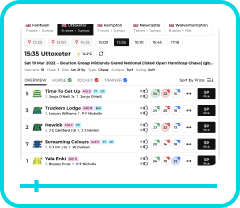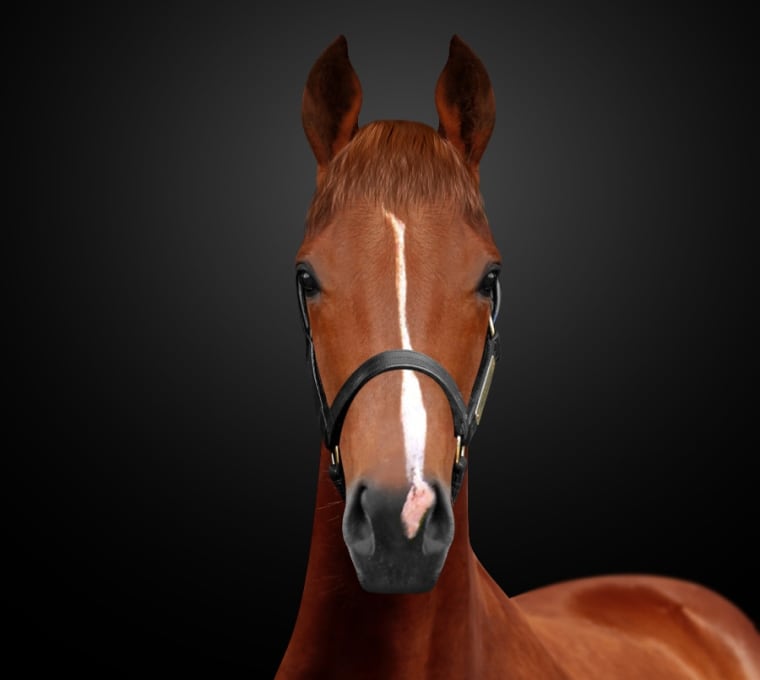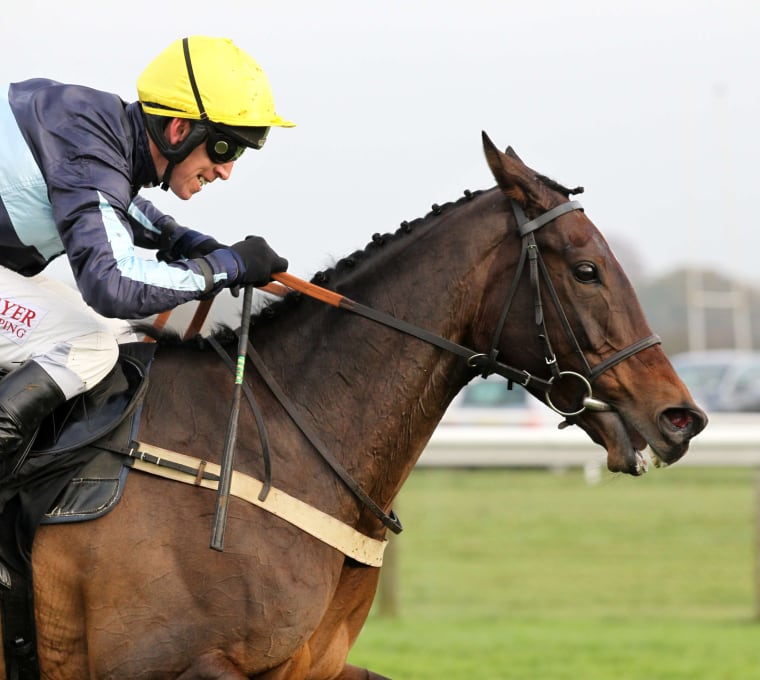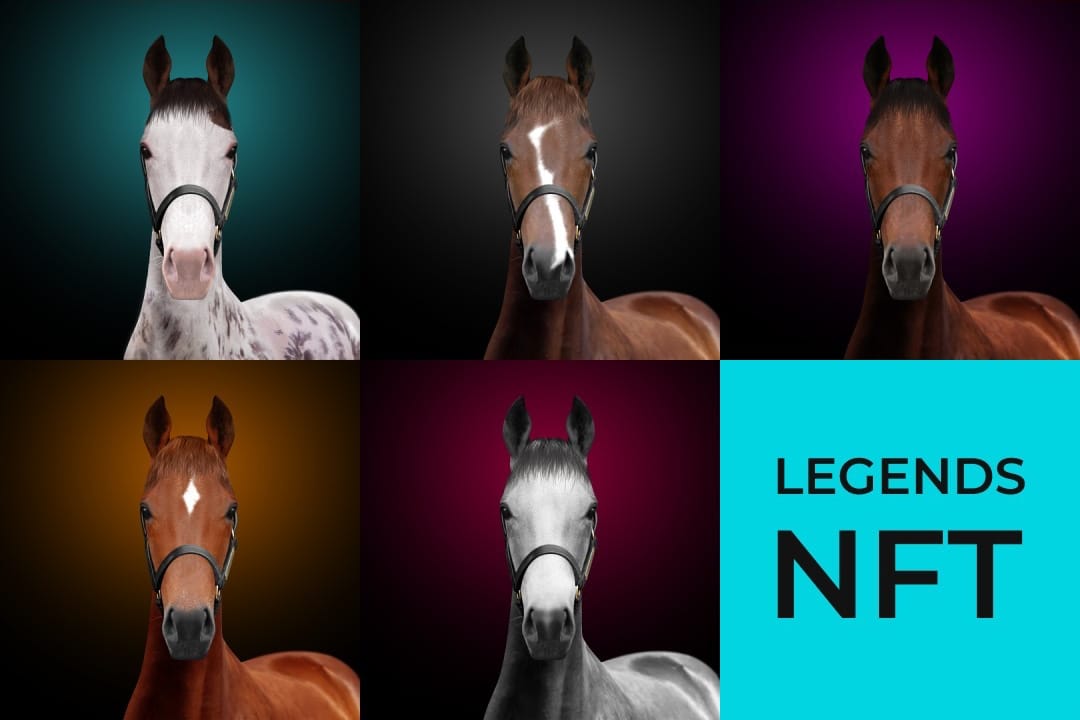The Prix de l’Arc de Triomphe is the undisputed European middle-distance championship. Some of the greatest names in Turf history adorn its roll of honour, from Ribot to Dancing Brave and Enable. Here we look at 10 horses that were very special in Paris on the first Sunday in October:
Ribot

‘Whoosh’ – that was how one jockey described the explosive speed displayed by Ribot on his way to winning a second successive Prix de l’Arc de Triomphe in 1956.
The Italian colt was just awesome as he signed off a truly remarkable racing career in which he won all his 16 starts.
Despite taking an unblemished record to Longchamp, a strong field of 19 rivals assembled to try and break Ribot – but it was hopeless as the odds-on favourite simply toyed with the opposition as he ploughed through the heavy ground.
Never off the bit, Ribot was always in control and kicked on two furlongs out winning by the official margin of six lengths although it was more like 10.
Sea-Bird II
In 1965 Sea-Bird II showed himself to be almost certainly the best horse to have raced in Europe since the mighty Ribot retired nine years earlier with a magnificent performance in the Arc.
Having his last race before embarking on a stud career, Sea-Bird slammed the hitherto unbeaten Reliance II by six lengths – the widest Arc margin since Ribot – with a further five lengths back to third-placed Diatome.
It was a vintage renewal of the great race with Free Ride fourth, Russian champion Anilin fifth and the top American colt Tom Rolfe sixth.
Vaguely Noble

Vaguely Noble is in the record books in 1968 as a French winner of the Prix de l’Arc de Triomphe, which indeed he was, but he was trained in England as a two-year-old before being sold for 136,000 guineas at the end of the campaign.
His impending sale, to raise money for death duties on the estate of his late breeder, Major Lionel Holliday, generated huge publicity, and the eventual purchase price was a world record for a thoroughbred at public auction.
Vaguely Noble held no Classic engagements and a victory in the Arc was the only way he was going to prove his enormous price-tag was more than justified. He started favourite, was never far off the pace and surged to the front over two furlongs out before galloping all the way to the line under Bill Williamson to beat Vincent O’Brien’s Sir Ivor by three lengths.
The horse went down in history as one of the great Arc heroes but trainer Etienne Pollet had seen it all before – he also trained Sea-Bird II.
Alleged
One of the handful of dual Arc winners, Alleged was only beaten once in his magnificent career.
Trained by Vincent O’Brien, Alleged suffered that defeat the hands of the Queen’s filly Dunfermline in the 1977 St Leger, when some thought Lester Piggott had made a rare misstep in chasing the pacemakers rather than biding his time for a sprint finish.
Alleged put the defeat behind him when easily reversing the form with Dunfermline in the Arc, as the royal runner trailed home fourth behind the son of Hoist The Flag.
O’Brien had to contend with sore shins and a virus for his star runner the following summer, but he weaved his magic to deliver Alleged on top form for an Arc repeat, once again ending the year as the top-rated European horse.
Dancing Brave

With a furlong to run the 1986 Arc looked at the mercy of the home crowd’s favourite Bering as he burst to the front from Shahrastani.
The huge British contingent in Paris held their breath as they looked for Pat Eddery and ‘the Brave’. Then he appeared, flying down the middle of the track.
His electrifying burst swept him past all-comers and he nailed Bering by a length and a half to win going away in a race which has become a shining beacon of the modern era.
“Dancing Brave was definitely the best I trained,” Guy Harwood once said.
“I don’t think he was at his best when he won the Eclipse pretty convincingly. But I remember him winning the Arc as if it were five minutes ago.
“I looked for another one like him, but never found one.”
And his view on Eddery’s daring late charge?
“I was holding my breath at the two-and-a-half marker and thinking ‘where are you?’. Then whoosh!”
Peintre Celebre
“Save the video” was BBC pundit Willie Carson’s response to Peintre Celebre’s record-breaking win in the 1997 Prix de l’Arc de Triomphe.
The Andre Fabre-trained colt certainly deserved the plaudits after storming home to take the race in 2min 24.6sec, over a second and a half faster than Fabre’s Trempolino when he won the race in 1987.
Peintre Celebre arrived at Longchamp with a less than ideal preparation behind him and the field assembled for the race featured the previous year’s winner Helissio, Irish Champion Stakes winner Pilsudski, King George victor Swain, Oscar Schindler, a dual winner of the Irish St Leger, Irish Oaks winner Ebadiyla and top German filly Borgia, among others.
Helissio, who had made all to win the previous year, went off quickly, with outsider Busy Flight, in a strongly-run event and when he went a couple of lengths clear in the middle of the race, it looked a question of ‘how far?’.
Peintre Celebre, meanwhile, was niggling along at the back and had more runners in front of him than behind turning for home.
However, when switched Peintre Celebre really began to motor and he caught the leading group with a furlong and a half to go.
He burst past Swain and quickly pulled clear to win by an official margin of five lengths from Pilsudski under a hands-and-heels ride from Peslier.
Sakhee

Sakhee equalled the achievements of Ribot and Sea-Bird II when hosing up by six lengths in 2001.
He had finished second in the Derby when trained by John Dunlop the previous year, but transferred to the care of Saeed bin Suroor, Sakhee proved himself to be a Group One horse and then some.
Sakhee demolished the Juddmonte International field by seven lengths on his previous run in August, but few would have expected him to do the same thing in Paris in the autumn.
Frankie Dettori only had to choose his moment to go for home and the response was instant, with Sakhee fairly sprinting away to the roar of the Longchamp crowd. He went from there to take on the best of the Americans in the Breeders’ Cup Classic – where only Tiznow denied him in a race for the ages at Belmont Park.
Sea The Stars

A triumph of masterful handling from trainer John Oxx, even more masterful riding from Michael Kinane and a good helping of sheer guts from the horse himself.
Oxx had campaigned this son of Cape Cross to perfection, winning a Group One race every month from May to September in 2009, including the 2000 Guineas and the Derby at Epsom.
Sent off favourite for the Arc, Sea The Stars took a fierce early hold, with Kinane having to take a strong pull and let him drop right back through the field to get a bit of cover, sitting on the inside rail with the best part of 10 runners ahead of him.
Kinane displayed nerves of steel to maintain the course all the way into the straight, but when eventually he did give Sea The Stars the signal, the colt sprouted the proverbial wings, displaying his electric turn of foot to win by two lengths from the admirable Youmzain.
Treve

Treve contrived to make a comeback nothing short of remarkable when winning a second consecutive Arc in 2014, a victory which will stand alongside those through any era of France’s most prestigious race.
Written off by virtually everyone bar trainer Criquette Head-Maarek, having failed to strike in an eventful three starts since the previous October’s glorious spectacle, she became only the seventh dual winner in the event’s 94-year history and the first since Alleged in 1978.
Sent off at an almost-unthinkable 11-1, Treve was headstrong again and in the first half-dozen as Montviron led the St Leger hero Kingston Hill along.
Finding a gap opening as wide as one of the city’s great avenues a furlong and a half from home she simply blasted through it, leaving her rivals toiling. For the record Flintshire was best of the rest in second, ahead of Oaks and King George heroine Taghrooda and Kingston Hill.
Enable

Unbeaten in her 12 previous runs, including two Arcs, it seemed as though Enable was destined for greatness as the first three-time Arc winner.
Having fended off fellow superstar filly Magical in both the Eclipse and the Juddmonte International, as well as getting the better of Crystal Ocean in that epic duel up the Ascot straight in the King George, it was unthinkable that John Gosden’s star would meet with defeat in France.
All was going to plan as she cruised round for Frankie Dettori, grabbing the lead two furlongs out and entering the closing stages with a couple of lengths advantage.
However, as Enable began to drift to the far rail, Waldgeist was building up a head of steam down the middle of the track and Enable’s stride shortened on the rain-softened ground, he poked his head in front and went on to win by just short of two lengths.
She went back for another shot at immortality the following year, but again deep ground compromised her chance of legendary status.







 Karrotz ($KAZ)
(Current value £0.005)
Karrotz ($KAZ)
(Current value £0.005)






